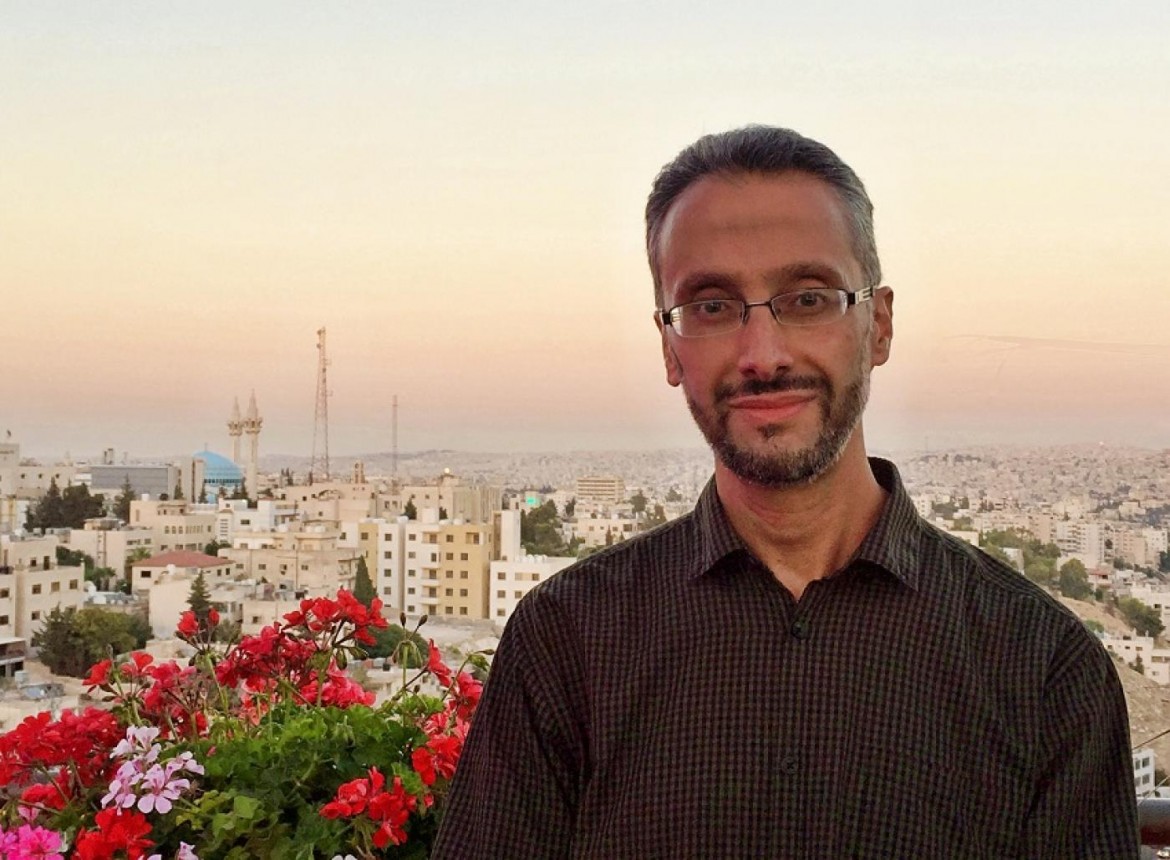Interview
10 years after the Mavi Marmara massacre, ‘The Truth’ seeks justice
No one has been held accountable for the deaths of 10 activists on a humanitarian voyage to Gaza. 'The image is the most powerful tool for dismantling the Israeli narrative.'

On May 31, it will be 10 years since the massacre on the Mavi Marmara, the Turkish ship belonging to the Freedom Flotilla which was attacked as it was sailing to Gaza, after the first brutal Israeli military operation there. A year after the end of Operation Cast Lead, dozens of activists from around the world took to the sea to break the Israeli siege and bring tons of humanitarian aid to the Gazans. They would never arrive.
The special forces of the Israeli army put a stop to their voyage with a nighttime assault on the Mavi Marmara in international waters. The toll was a heavy one: 10 activists killed, dozens wounded. But the massacre did not take place far from the public eye. There were journalists and activists present with their cameras, who documented it. And there was the Internet: despite attempts by Tel Aviv to prevent any communication with the outside world, an emergency system continued to work and broadcast the massacre live.
We spoke with Rifat Audeh, a journalist and director of Palestinian origin who was aboard the Mavi Marmara in 2010. Two years ago, his film The Truth: Lost at Sea was released, a 50-minute documentary which won awards at festivals around the world. Audeh has been in Italy since Nov. 10, for a tour that will end on Nov. 26 (the full program can be found at ulaia.org/new).
Your work is an investigation that proves a gross violation of human rights and international law.
Some people have said this to me at some festivals, meaning it as a criticism of my work: they are saying it is not artistic. I admit it: I am guilty of that. I did not want to make art, but to document the facts and inform the people who were not aware of them. It can be described as a lengthy reportage, as fieldwork.
When you went on board the Mavi Marmara, had you already decided to make a film about it?
I wanted to make a film from the beginning, so I had my camera with me. But the theme was supposed to be very different. I was convinced that we would reach Gaza, and in my head, I was already imagining the final scene: the people of Gaza welcoming us at the port. After the attack, the film developed independently and took on its own path. It became something that would show what really happened and denounce the propaganda that followed.
The most powerful element of the narrative is the contrast between the first part of the film and the second: the enthusiasm of people from all over the world for the trip to Gaza, and the incomprehensible violence of the Israeli special forces.
Showing this contrast was a deliberate choice, the abyss between what we felt: our happiness and enthusiasm, our innocence, the belief that we would arrive in Gaza—and then the violence. In the first part, the music reflects our happiness, living like a big family. In the second part, the music changes, the colors change: the attack is now taking place.
Have you talked about the film with the survivors?
I am in constant contact with some of them: from the US, Indonesia, Turkey, Jordan. Those who saw it were happy because it showed things that even they had not grasped at the time. The film depicts aspects and points of view that not all passengers had the opportunity to experience during those hours.
Despite the evidence that we have, which is highly visible, Israel has never been punished for its crime. What good can come out of making a movie about it, then?
So far, Israel has not been punished, but we cannot lose hope. We, the victims, are moving forward through legal avenues. A long legal battle is taking place at the International Criminal Court, and on Dec. 2, the prosecutor will have to answer about why he does not intend to proceed to filing charges against Israel. Other cases have been opened against individual Israeli officials who are in South Africa, and who are likely to be arrested. There are many ways of moving forward.
The Truth: Lost at Sea shows how the Israeli strategy to stop the flotilla was supposed to work: a military plan that had been put together before it even departed, followed by the criminalization of the victims. However, the images you filmed render their fiction palpable and concrete.
The image is the most powerful tool for dismantling the Israeli narrative. In a world where only superficial attention is given to information, where the volume of news is massive and we lazily go from one website to another without true understanding, a film can still spark the much-needed awareness that gets us to act and make real change happen.
Has the film ever been shown in Israel, or screened at Israeli festivals?
No, they have not shown it.
Originally published at https://ilmanifesto.it/la-mavi-marmara-e-linnocenza-perduta/ on 2019-11-13
